With an increase in outbreaks of Actinobacillus pleuropneumoniae (APP) occurring in the Upper Midwest, a webinar was offered by the Swine Health Information Center (SHIC) and the American Association of Swine Veterinarians (AASV), hosted by the Iowa State University Swine Medicine Education Center (ISU SMEC), on February 1, 2022. People from the US, Canada, Mexico, and 20 other countries heard Drs. Ian Levis, Seaboard Foods, Pete Thomas, Iowa Select Farms, as well as Alyona Michael and Marcelo Almeida, Iowa State University Veterinary Diagnostic Lab (ISU VDL), share their experiences and diagnostic perspectives.
Multiple practitioners in the field report clinical outbreaks of APP, which have resulted in increased morbidity and mortality across production systems where it was previously well controlled. This SHIC/AASV webinar addressed two practitioners’ observations.
Dr. Ian Levis shared his experience which included eight farms affected since December 10, 2021. Pigs from multiple sow sources were affected even though none of the sow herds are APP positive. To date, Dr Levis said affected sites have been late finishing phase animals prior to marketing activities. He also shared the clinical picture of the impact, field necropsy results, comments on mortality, and treatments being implemented.
Dr. Pete Thomas said seven sites in their system had lateral APP breaks since November 2021 affecting late finishing pigs. Evaluation shows these breaks are all APP type 15. His presentation offered insight on clinical impact, treatment, mortality pattern, and enhanced biosecurity practices designed to limit spread.
Drs. Michael and Almeida addressed APP biology, carrier state, transmission, and development of clinical disease, pathogenesis, as well as serotypes and toxins. They shared diagnostic considerations describing the outbreak, general work up results from recent cases, an historical perspective based on ISU VDL serotypes, and the present outbreak of serotype 15. They also shared perspectives on surveillance and monitoring.
SHIC, launched by the National Pork Board in 2015 solely with Pork Checkoff funding, continues to focus efforts on prevention, preparedness, and response to novel and emerging swine disease for the benefit of US swine health. As a conduit of information and research, SHIC encourages sharing of its publications and research. Forward, reprint, and quote SHIC material freely. SHIC is funded by America’s pork producers to fulfill its mission to protect and enhance the health of the US swine herd. For more information, visit http://www.swinehealth.org or contact Dr. Sundberg at [email protected].